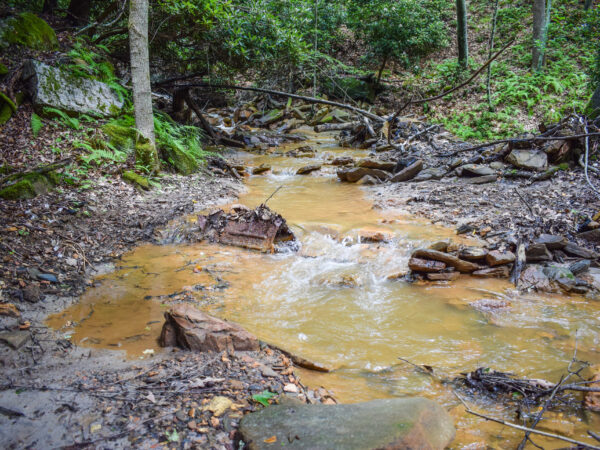
In recent days the world outside of North Dakota is seeing more media coverage of the stand off between protestors and law enforcement over the continued construction of the Dakota Access Oil Pipeline under the Missouri River and adjacent to lands sacred to the Sioux nation. The parent company for the pipeline, Energy Transfer, claims that there was adequate consultation with private landowners and tribal representatives before they started construction on the pipeline, and that they are well within their legal rights to move forward with construction. Opposing organizations, like the Standing Rock Sioux, claim that the company rushed the process, and went forward with construction before getting approval. There have been lawsuits filed on both sides, restraining orders on protestors, and temporary halts from federal agencies involved in the construction since April of this year, but the project has steadily, incrementally, moved forward, despite the opposition. An escalation in the conflict began last week when protestors decided to occupy land along the construction path between the current site of construction and the proposed construction patch leading up to the Missouri River. At the temporary camp the protestors held prayer circles, and even a sweat lodge, in the path of the oncoming construction crew and law enforcement officers. Video on social media shows protestors getting arrested, sprayed in the face with mace, beaten with batons, forcibly zip tied, and forcefully removed. There have been many anecdotal stories shared about police brutality including people having bones broken, being bitten by police dogs, being detained in dog kennel like cells.
Seattle Times reporter, Lynda Mapes, described a scene from last weeks protest in an interview she did with NPR’s Michel Martin:
“There’s a sense of having been pushed for 150 years off the lands that were their lands because someone else wanted them to make money. And it was so evocative to watch law enforcement chasing Indians on horses. This has been going on for more than a century. To see law enforcement in ATVs and helicopters pursuing Indians on horses across the Great Plains, it was incredible to see that in the year 2016.”
This is a dramatic picture, that elicits an emotional response. Are we seeing a contemporary manifestation of a conflict that is as old as our country? Or is this something else, something new? How did we get here? And what is at the heart of conflict? How much of this is really about oil? The economy? Infrastructure? Environmental health? About the rights of indigenous people? There is a lot to untangle.
This week we’ll be talking to folks who are on the frontline of the conflict, and asking some of these questions. We’ll talk to a young protestor who was arresting while participating in a ceremonial sweat lodge, an LA filmmaker who is making a documentary about the subject, a student from Northland college and an advocate for the pipeline’s continued construction.
We’ll also be asking how this conflict connects to similar issues we face in the Great Lakes surrounding oil pipelines, energy infrastructure, and indigenous communities.
—
In the meantime, here are some resources for learning more about the issue:
A recent article from The Guardian
CNN Dakota Access Pipeline Explainer
A thorough overview from Smithsonian Magazine
Informational website from the parent company building the pipeline
Informational website for the Sacred Stone Camp




